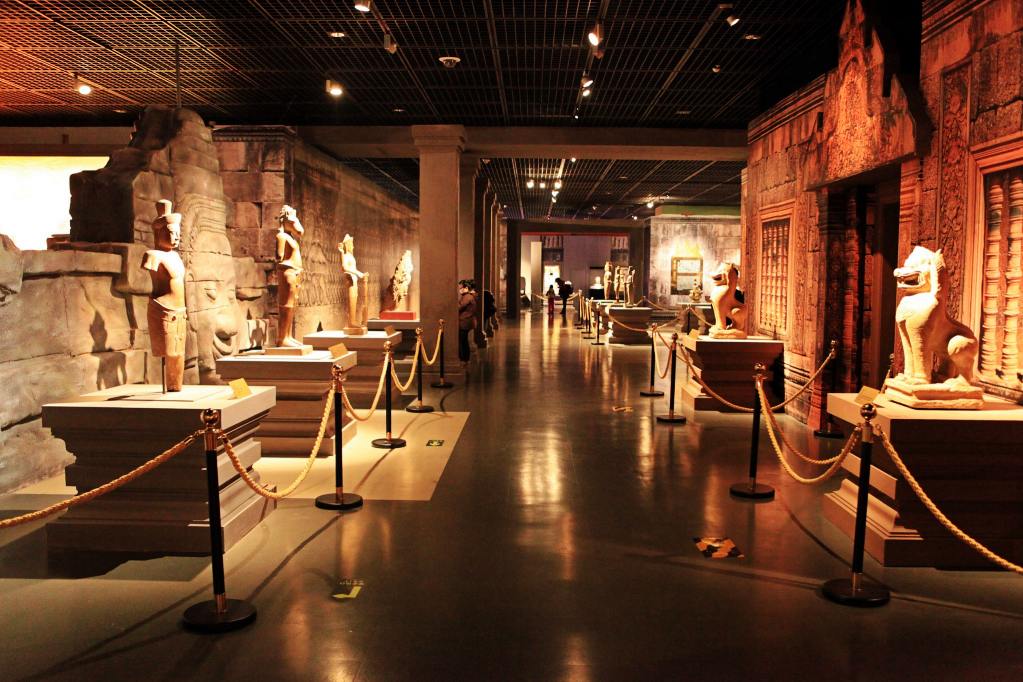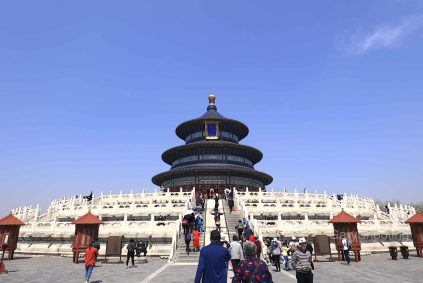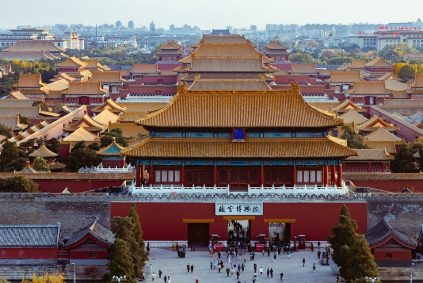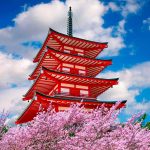Highlighted Masterpieces at the National Museum of China: A Journey Through History and Artistry
The National Museum of China, located in Beijing’s Tiananmen Square, houses one of the world’s most extensive collections of cultural relics, spanning over 5,000 years of Chinese history. Among its vast exhibits, certain artifacts stand out as iconic symbols of the nation’s heritage, drawing visitors from across the globe. These “treasures of the museum” offer profound insights into ancient craftsmanship, political history, and artistic evolution. Below are some of the most renowned pieces that define the museum’s legacy.
Simuwu Ding: The Largest Bronze Ritual Vessel of Ancient China
Dating back to the late Shang Dynasty (circa 1300–1046 BCE), the Simuwu Ding is a monumental bronze vessel weighing over 800 kilograms. Its name, inscribed on the interior, translates to “Offering Vessel for the Queen Mother Wu,” indicating its use in ancestral worship rituals. The鼎 (ding) was cast using the advanced ceramic-mold technique, showcasing intricate taotie (mythical beast) motifs and thunder patterns that symbolize power and cosmic order. As the largest surviving bronze ding, it reflects the Shang Dynasty’s mastery of metallurgy and the centrality of ritual in governance. Visitors often marvel at its sheer scale and the precision of its decorative elements, which remain remarkably preserved despite millennia of burial.
Red Mountain Pattern Pottery Vessel: Neolithic Artistry from the Majiayao Culture
This 5,000-year-old pottery vessel, unearthed in Gansu Province, exemplifies the sophisticated craftsmanship of the Majiayao culture (3300–2000 BCE). Adorned with bold, abstract patterns in black and red pigments, the design features swirling lines and geometric shapes that may represent natural forces like water or wind. The vessel’s smooth curves and balanced proportions highlight the Neolithic people’s deep understanding of ceramic technology, including the use of slow-wheel techniques for shaping and open-fire kilns for firing. Such artifacts provide rare glimpses into the spiritual and aesthetic sensibilities of China’s earliest agricultural societies, bridging the gap between utilitarian objects and symbolic art.
The Nymph of the Luo River Scroll: A Masterpiece of Tang Dynasty Calligraphy and Painting
Created by Gu Kaizhi, a pioneering figure in Chinese art history, this handscroll illustrates a famous poem by Cao Zhi about unrequited love between a prince and a river spirit. Painted during the Eastern Jin Dynasty (317–420 CE) but preserved in a Tang Dynasty (618–907 CE) copy, the work combines delicate ink brushwork with vivid narrative storytelling. The scroll unfolds horizontally, depicting scenes of ethereal landscapes, flowing water, and human figures in flowing robes. Gu’s innovative “gossamer line” technique, characterized by fine, rhythmic strokes, became a cornerstone of traditional Chinese painting. Accompanying the images are calligraphic inscriptions that enhance the emotional depth of the tale, making this piece a harmonious fusion of literature and visual art.
The Qingming Shanghe Tu (Along the River During the Qingming Festival): A Panoramic Glimpse of Song Dynasty Life
Though the original 12th-century painting by Zhang Zeduan is housed elsewhere, the National Museum of China displays a high-quality replica that captures the essence of this iconic masterpiece. Spanning over five meters, the handscroll meticulously portrays daily life in Bianjing (modern Kaifeng) during the Qingming Festival, with over 800 figures engaged in activities like trading, boating, and strolling. The artist’s use of perspective and attention to detail—from the architecture of bridges to the expressions of individuals—offer a vivid snapshot of urban culture, economic prosperity, and social diversity in the Northern Song Dynasty (960–1127 CE). This work remains a critical resource for historians studying pre-modern Chinese society.
These artifacts, among others in the National Museum of China’s collection, serve as cultural touchstones that connect contemporary audiences to China’s multifaceted past. Each piece tells a story of innovation, belief, or human experience, inviting visitors to explore the threads of history woven into the nation’s identity.
















